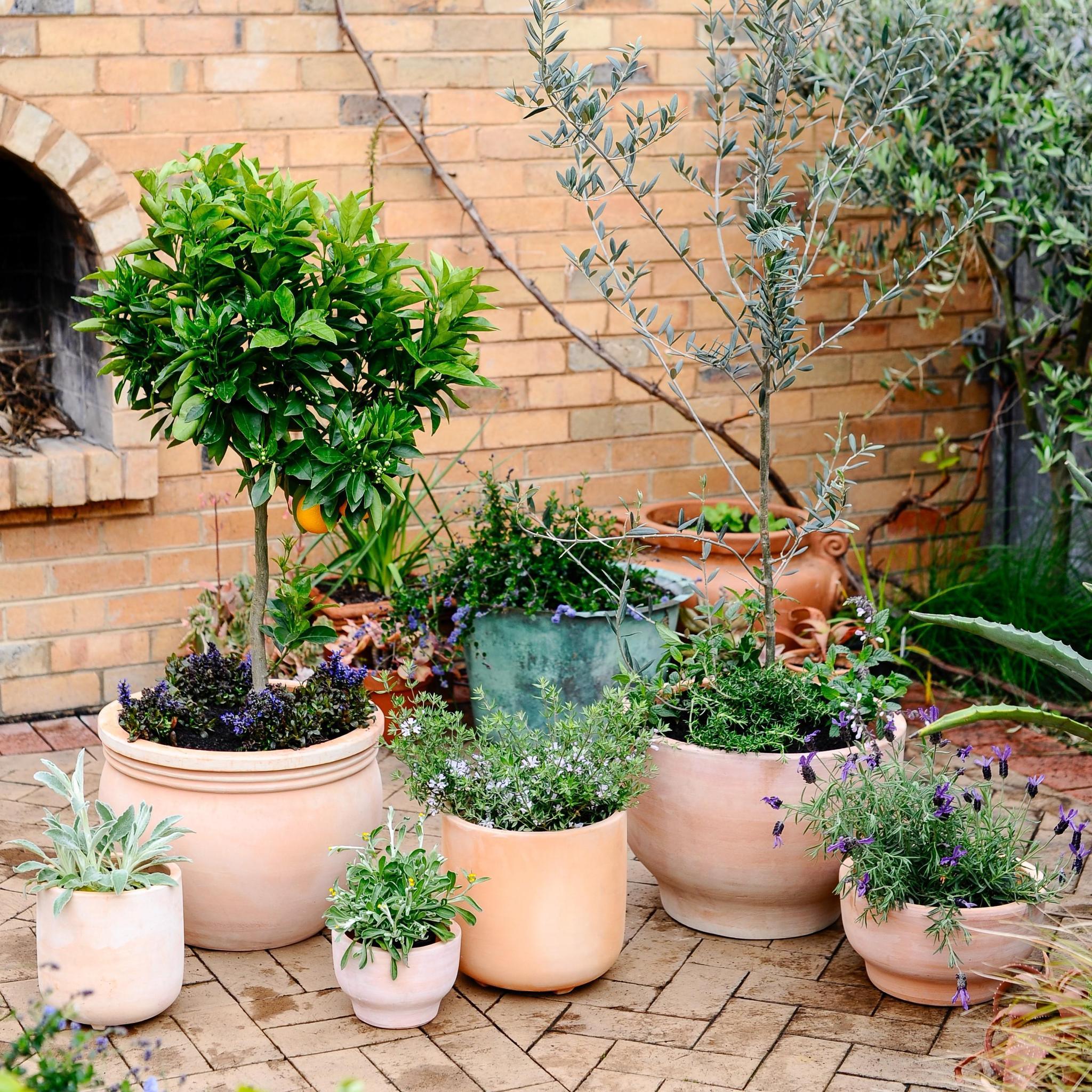Terracotta Pots: A Timeless Choice for Your Plants
Terracotta pots have been used for centuries to cultivate plants, and for good reason. These classic pots offer a variety of benefits that make them a popular choice among gardeners and plant enthusiasts. In this article, we will explore the advantages of terracotta pots, discuss how to care for them, and provide tips for choosing the right pot for your plants.
The Benefits of Terracotta Pots
1. Porosity: One of the most significant advantages of terracotta pots is their porosity. This means that the clay used to make the pots is porous, allowing moisture to evaporate freely. This helps to prevent root rot and other fungal diseases, as it keeps the soil from becoming waterlogged.

2. Temperature Regulation: Terracotta pots are also excellent at regulating temperature. They absorb heat during the day and release it slowly at night. This helps to protect plants from temperature fluctuations, especially during hot and cold weather.
3. Aesthetics: Terracotta pots are known for their classic and timeless beauty. They come in a variety of sizes, shapes, and colors, making them suitable for almost any garden or indoor space. Terracotta pots can also be glazed or unglazed, depending on your preference.
4. Durability: Terracotta pots are highly durable and can last for many years with proper care. They are resistant to cracking and breaking, even in harsh weather conditions.
5. Cost-Effective: Compared to other types of pots, terracotta pots are relatively inexpensive. This makes them a great choice for gardeners on a budget.
Caring for Terracotta Pots
While terracotta pots offer many benefits, they do require some special care. Here are some tips for maintaining the health and longevity of your terracotta pots:
1. Soaking: Before using a new terracotta pot for the first time, it is important to soak it in water for several hours. This will help to seal the pores of the clay and prevent water loss.
2. Drainage: Terracotta pots have natural drainage holes, but it is still essential to ensure that the soil has good drainage. This will help to prevent root rot and other problems.
3. Watering: Terracotta pots dry out more quickly than other types of pots, so it is important to monitor the moisture levels of the soil regularly. Water your plants deeply but infrequently, allowing the soil to dry out slightly between waterings.
4. Fertilizing: Fertilize your plants as needed to ensure they receive the nutrients they require. Use a fertilizer that is specifically designed for the type of plants you are growing.
5. Cleaning: To remove mineral deposits and algae from the surface of your terracotta pots, clean them with a mild detergent and water. Rinse thoroughly and allow them to dry completely before using them again.
Choosing the Right Terracotta Pot for Your Plants
When selecting a terracotta pot for your plants, there are several factors to consider:
1. Size: The size of the pot should be appropriate for the size of the plant. A pot that is too small can restrict root growth, while a pot that is too large can lead to overwatering.
2. Shape: The shape of the pot can also affect the growth of your plants. Some plants prefer round pots, while others prefer rectangular pots.
3. Glazing: Glazed terracotta pots are more durable and easier to clean, but they do not allow moisture to evaporate as freely as unglazed pots. Unglazed pots are more porous and can help to prevent root rot.
4. Style: Choose a pot that complements your garden or indoor space. Consider the overall style and color scheme of your surroundings when selecting a pot.
Conclusion
Terracotta pots are a versatile and timeless choice for gardeners and plant enthusiasts. They offer numerous benefits, including improved drainage, temperature regulation, aesthetics, durability, and cost-effectiveness. By following the proper care guidelines, you can ensure that your terracotta pots will provide a healthy and thriving environment for your plants.